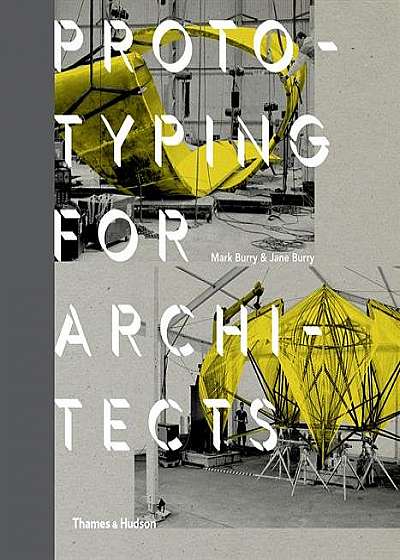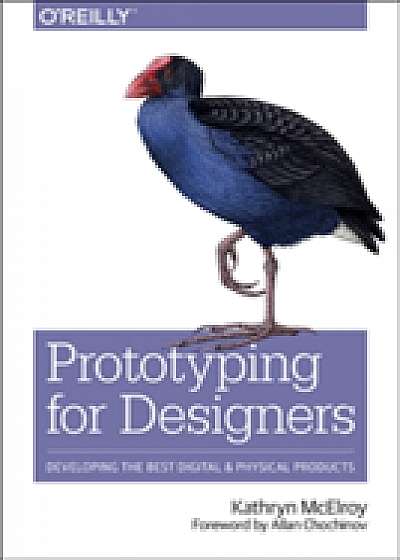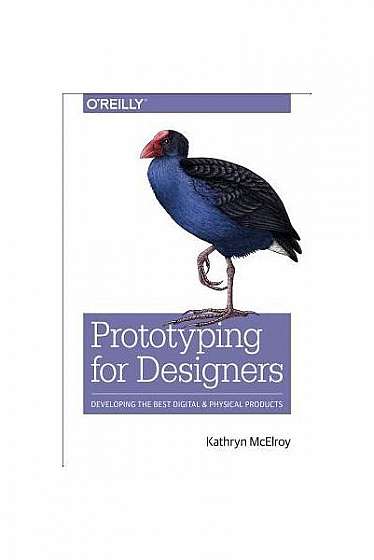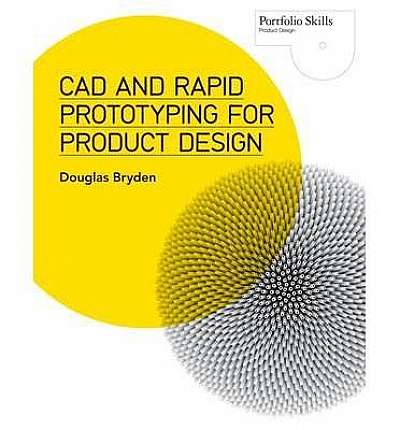
Prototyping for Architects
Descriere
Prototyping is an essential part of the designer’s repertoire. Designers prototype their projects to test them, structurally, aesthetically, technically. Whether the prototype works or not is not the point: prototyping is the revelatory process through which the designer gains insight. There are three reasons why contemporary prototyping techniques are transforming the way architects design and build: 1) at a miniature scale, prototyping aids the architect in the presentation to clients of complex spatial ideas; 2) prototyping empowers the architect-designer to test and prove a building’s feasibility, leading to more open-minded construction solutions; 3) whether additive (3D printing) or subtractive (robotic milling), prototyping can lead to unexpected and exciting new possibilities within design as a whole, across design disciplines, thus blurring the boundaries between them in highly creative ways.
The book has four sections: an introduction that charts the rise of prototyping in design history, more specifically in architecture; an overview of techniques; a survey section featuring 30 projects, each presented through texts drawn from first-hand interviews, on-site photographs and drawings; and a reference section, which includes a glossary of technical terms.








